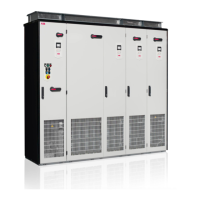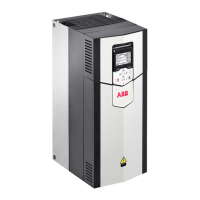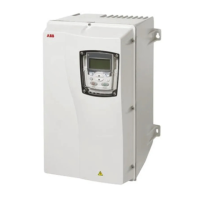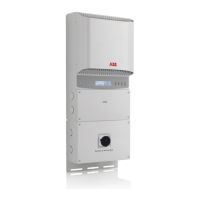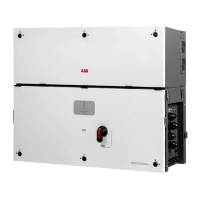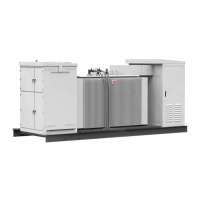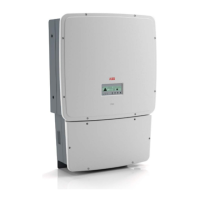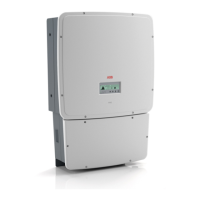Planning the braking system
■ Verifying the load capacity of the braking equipment
1.
Calculate the maximum power generated by the motor during braking (P
max
).
2. Ensure that the maximum power rating of the braking equipment is equal to or greater
than P
max
.
The P
brmax
values specified in the ratings table are for the reference braking cycle
(1 minute of braking, 9 minutes of rest). If the actual duty cycle does not correspond to
the reference cycle, either use the power rating given for the other two reference cycles
(P
br
), or calculate the maximum braking power for a custom braking cycle. See below
for instructions on calculating P
br
for other braking cycles.
3. Check the resistor selection. The energy generated by the motor during a 400-second
period must not exceed the heat dissipation capacity of the resistor (E
R
). If you use
custom resistor(s), see also the separate instructions below.
If the E
R
value of the resistor is not sufficient, it is possible to use a four-resistor assembly
in which two resistors are connected in parallel, two in series. The E
R
value of the
four-resistor assembly is four times that of a single resistor.
Custom resistor
Resistors other than those available as option +D151 can be used provided that
• the resistance is not lower than the value given in the ratings table
WARNING!
Never use a brake resistor with a resistance below the value specified for the
particular drive / brake chopper / resistor combination. The drive and the
chopper would not able to handle the overcurrent caused by the low resistance.
• the resistance of the custom resistor does not restrict the braking capacity needed, ie.
P
max
< U
DC
2
/R
where
Maximum power generated by the motor during braking
P
max
Voltage over the resistor during braking. UDC equals
U
DC
1.35 · 1.25 · 415 V DC (when supply voltage is 380 to 415 V AC)
1.35 · 1.25 · 500 V DC (when supply voltage is 440 to 500 V AC) or
1.35 · 1.25 · 690 V DC (when supply voltage is 525 to 690 V AC)
Resistor resistance (ohm)
R
•
the heat dissipation capacity E
R
of the resistor is sufficient for the application (see step
3 above).
Calculating the maximum braking power for a custom duty cycle
These rules must be met during any braking cycle:
1. Braking energy transferred during any ten minute period must be less than or equal to
the energy transferred during the reference braking cycle (1/9 min).
2.
The maximum braking power for a custom braking cycle (P
br
) must not exceed the rated
maximum value P
brmax
.
The rules as equations:
1.
n × P
br
× t
br
≤ P
brmax
× 60 s => P
br
≤ (P
brmax
× 60 s)/(n × t
br
)
206 Resistor braking
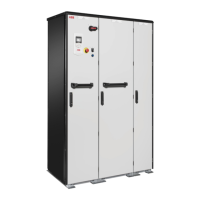
